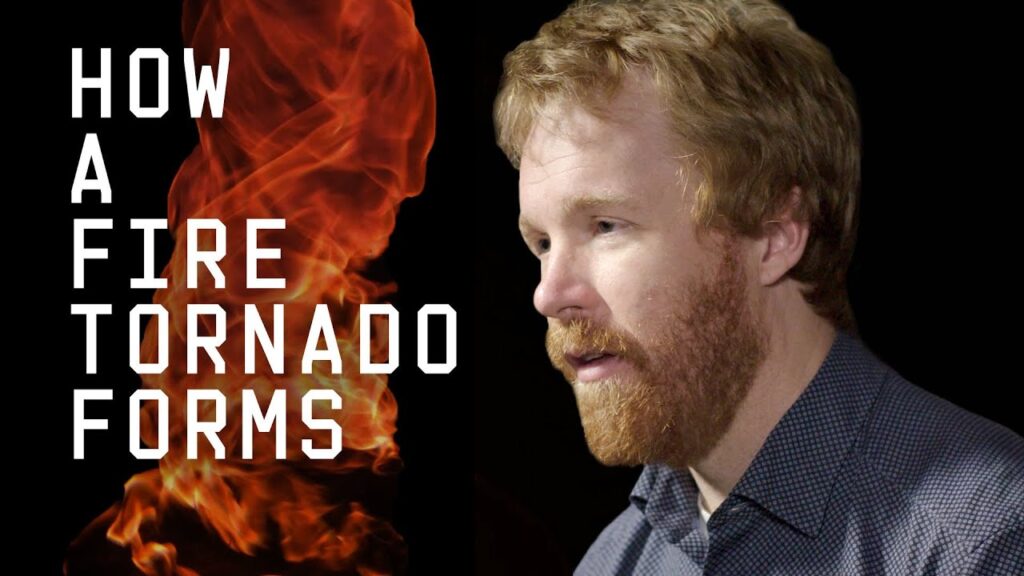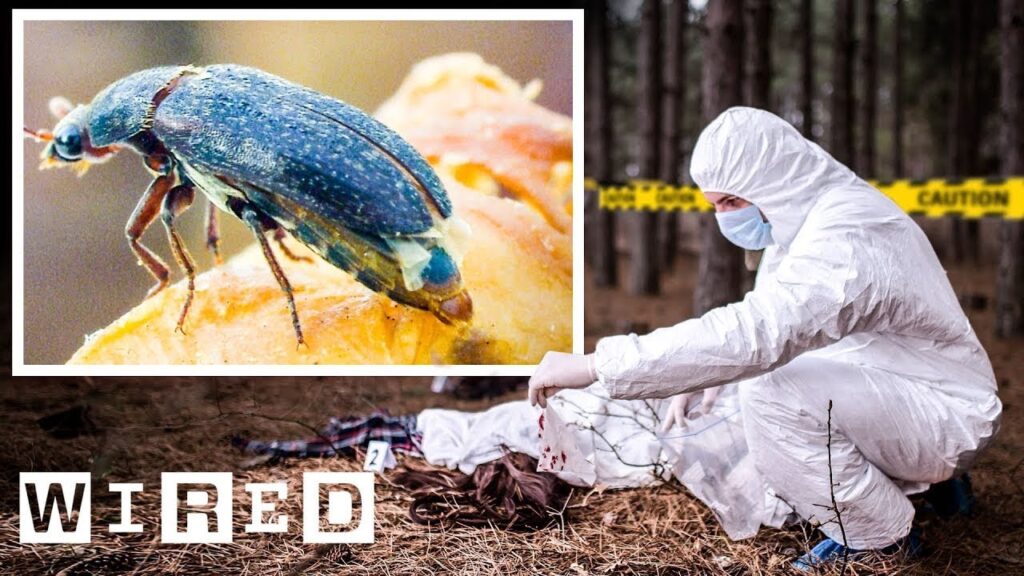The Tragic Story of Penicillin: How a Big Idea Died in Isolation
Summary
In this article, we explore the story of penicillin, a revolutionary discovery in the late 19th century that could have saved millions of lives from infections. The story revolves around Ernest de Chesne, a doctor in the French army, who discovered the healing powers of mold on saddle sores of horses. He conducted experiments and found that mold could cure infections. However, his findings were ignored by the Institut Pasteur, and the secret of penicillin died with him. It was not rediscovered for 30 more years, and in the meantime, millions of people died of infections that could have been cured.
Table of Contents
- The Discovery of Penicillin
- The Tragic Problem of Isolation
- The Rediscovery of Penicillin
- Conclusion
The Discovery of Penicillin
Ernest de Chesne, a doctor in the French army, discovered penicillin in the late 19th century. He noticed that horses with saddle sores healed more quickly if the saddle had mold underneath it. This led him to believe that mold could cure infections. He conducted experiments by distilling the mold, putting it in a syringe, and injecting it into a bunch of diseased guinea pigs. To his surprise, he cured them. This was the invention of penicillin, a discovery that could have saved millions of lives.
The Tragic Problem of Isolation
The tragic problem with Ernest de Chesne’s discovery was that he was not connected to any network. He was only 23 years old, a lowly soldier in the army. When he wrote up his findings in his PhD thesis and sent it to the Institut Pasteur, they ignored it because they didn’t know who he was. They put his PhD on the shelf, and the secret of penicillin died with him. It was a big idea that died in isolation.
The Rediscovery of Penicillin
It took 30 more years for penicillin to be rediscovered. This time, it was Alexander Fleming, a Scottish scientist, who stumbled upon it. He noticed that a mold had contaminated one of his petri dishes and killed the bacteria that he was growing. He investigated further and found that the mold was penicillin. He conducted experiments and found that penicillin could cure infections. This time, the discovery was not ignored, and penicillin became widely used in medicine, saving millions of lives.
Conclusion
The story of penicillin is a tragic one. It was a big idea that died in isolation because the discoverer was not connected to any network. It took 30 more years for the discovery to be rediscovered, and in the meantime, millions of people died of infections that could have been cured. This story highlights the importance of networks and connections in the world of ideas. When ideas are connected, big things happen, but when they are not, they can die in isolation.






